Moulting is a natural process in many animals, including small pets like guinea pigs, hamsters, and rabbits. Shedding old fur allows for coat renewal, temperature regulation, and overall skin health. However, moulting patterns, frequency, and care requirements vary significantly among these species. Understanding the science behind moulting, what to expect, and how to manage it effectively is crucial for pet owners.
The Science of Moulting
Moulting is governed by hormonal changes, environmental factors, and genetics. It is primarily regulated by:
-
Photoperiod (Daylight Exposure): Changes in daylight duration trigger seasonal moulting in many animals, particularly rabbits and some hamsters.
-
Temperature Fluctuations: Warmer months can lead to increased shedding as the animal prepares for a lighter coat, while colder months encourage thicker fur growth.
-
Hormonal Regulation: Hormones such as melatonin influence hair growth cycles, particularly in animals with defined moulting seasons.
-
Genetics and Breed Variations: Some breeds experience more intense moulting than others, particularly in long-haired varieties of guinea pigs and rabbits.
Moulting in Guinea Pigs
Pattern and Frequency
Unlike rabbits and some hamsters, guinea pigs do not have defined moulting seasons. Instead, they shed fur gradually and continuously throughout the year, with slight increases in warmer months.
Breed-Specific Considerations
-
Long-Haired Breeds (Peruvian, Silkie, Texel): These breeds require more frequent grooming to prevent matting and hair ingestion, which can cause digestive issues. They also shed more noticeably than short-haired breeds.
-
Skinny Pigs (Hairless Breeds): These guinea pigs have no fur to shed but are prone to dry skin and may require extra moisturisation.
-
Abyssinian Guinea Pigs: Their rough, rosette-patterned coat may trap loose fur, requiring more brushing compared to smooth-coated breeds.
What to Watch For
-
Normal Shedding: A consistent, even shedding of hair is expected.
-
Excessive Hair Loss: Patchy fur loss or sudden increases in shedding may indicate nutritional deficiencies, parasites (such as mites), or fungal infections like ringworm.
-
Coat Condition: Dull or brittle fur can be a sign of an imbalanced diet or underlying health issues.
Management Tips
-
Regular brushing (especially for long-haired breeds) helps control loose hair and prevents matting.
-
Ensure a balanced diet rich in vitamin C, as deficiencies can contribute to poor coat health.
-
Monitor for signs of skin irritation or bald patches, which may require veterinary attention.
Moulting in Hamsters
Pattern and Frequency
Hamsters exhibit seasonal moulting, particularly in spring and autumn. Syrian hamsters tend to have more noticeable moulting cycles, whereas dwarf hamsters show subtler changes.
Breed-Specific Considerations
-
Syrian Hamsters: More prone to visible seasonal moulting, especially in response to changes in light exposure. They may develop thin patches during shedding seasons.
-
Dwarf Hamsters (Campbell’s, Winter White, Roborovski): Tend to have less obvious moulting cycles. Winter White hamsters may change coat colour in response to seasonal variations.
-
Chinese Hamsters: Their fine, sleek fur sheds minimally, but stress-related shedding can be an issue in some individuals.
What to Watch For
-
Patchy Hair Loss: While some thinning is normal, excessive loss could be due to nutritional issues, stress, or skin infections.
-
Alopecia (Bald Spots): Often linked to mites, hormonal imbalances, or underlying illness.
-
Dry, Flaky Skin: Can indicate poor humidity levels or dietary deficiencies.
Management Tips
-
Provide a species-appropriate diet with sufficient protein and essential fatty acids.
-
Maintain a stable environment to reduce stress-related shedding.
-
Avoid excessive handling during moulting periods, as new fur growth can be sensitive.
Moulting in Rabbits
Pattern and Frequency
Rabbits undergo two major moults per year—one in spring (shedding thick winter fur) and one in autumn (preparing for colder months). However, minor shedding can occur year-round.
Breed-Specific Considerations
-
Angora Rabbits (English, French, Giant): These breeds shed heavily and require daily grooming to prevent wool block (a dangerous condition where ingested fur clogs the digestive system).
-
Rex Rabbits: Their short, velvety fur sheds less but can develop bald patches if moulting is uneven or if the rabbit is under stress.
-
Lop Breeds (Holland, Mini, French): Prone to matting around the ears and neck due to their denser fur, requiring extra attention during moulting.
-
Lionhead Rabbits: Their thick mane can shed in tufts, necessitating frequent brushing to prevent fur accumulation.
What to Watch For
-
Heavy Shedding: Some rabbits shed excessively in large clumps, requiring frequent grooming.
-
Hair Ingestion Risks: Rabbits groom themselves extensively, which increases the risk of ingesting loose hair, potentially leading to gut stasis (a life-threatening condition where the digestive system slows or stops).
-
Uneven Shedding: Patchy loss could indicate parasites, stress, or hormonal imbalances.
Management Tips
-
Daily brushing during peak moulting seasons to prevent hair ingestion.
-
Offer high-fibre diets (hay-based) to support digestive health and prevent hair blockages.
-
Monitor for signs of lethargy or reduced appetite, which may indicate gut stasis.
Key Takeaways for Pet Owners
-
Guinea pigs shed continuously, requiring regular coat maintenance.
-
Hamsters have seasonal moulting patterns influenced by daylight changes.
-
Rabbits experience distinct moulting cycles that necessitate extra grooming and dietary fibre.
-
Abnormal shedding, bald patches, or changes in coat texture warrant veterinary attention.
-
Proper nutrition, grooming, and environmental management help ensure a healthy moulting process.
References
-
Brewer, N. R. (2010). "Physiology of Hair Growth in Mammals." Journal of Veterinary Science, 15(3), 250-261.
-
Campbell, T. W., & Ellis, C. (2013). Exotic Animal Hematology and Cytology. John Wiley & Sons.
-
Hillyer, E. V., & Quesenberry, K. E. (2016). Ferrets, Rabbits, and Rodents: Clinical Medicine and Surgery. Elsevier Health Sciences.
-
Johnson-Delaney, C. A. (2005). Exotic Companion Medicine Handbook. Zoological Education Network. https://www.cabidigitallibrary.org/doi/full/10.5555/19982209429




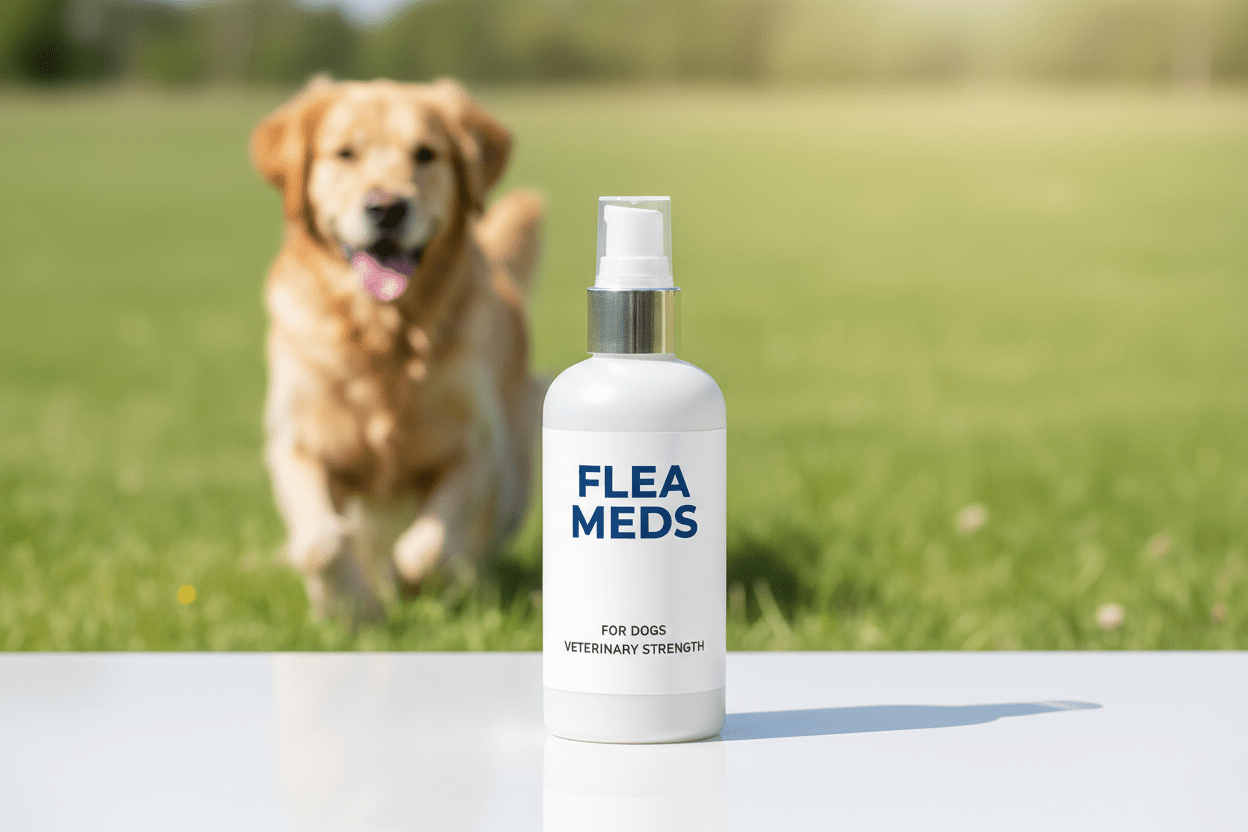
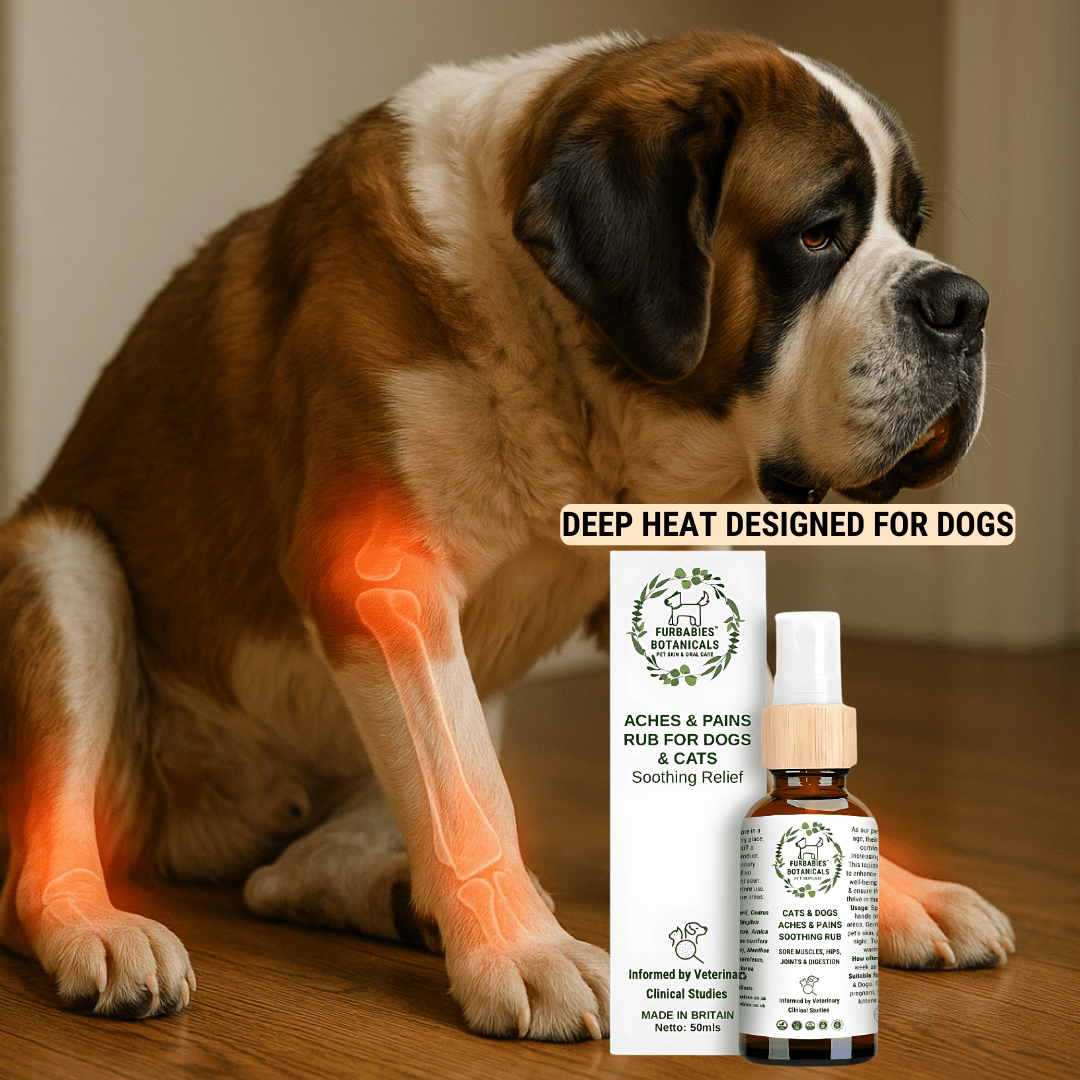


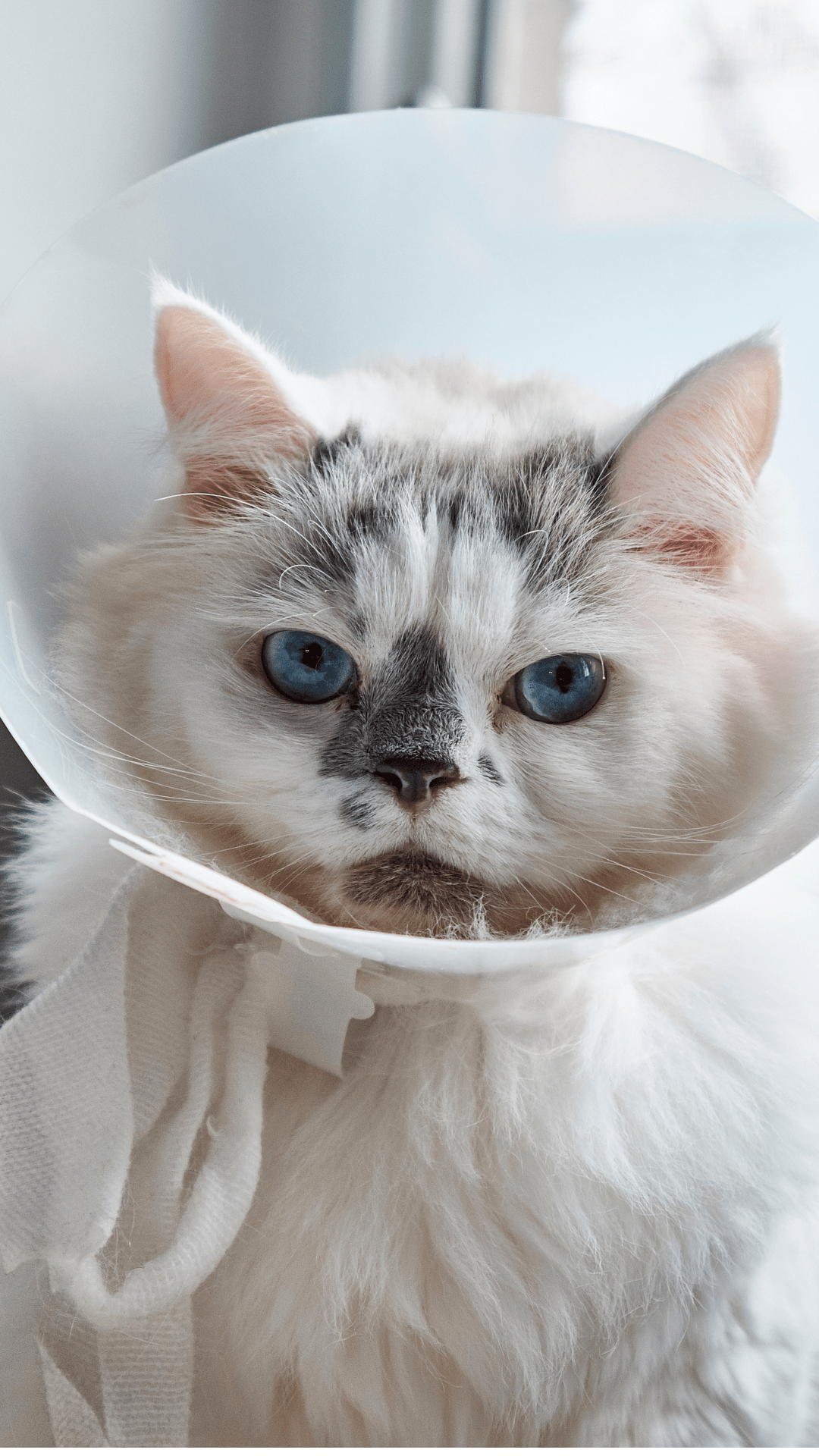
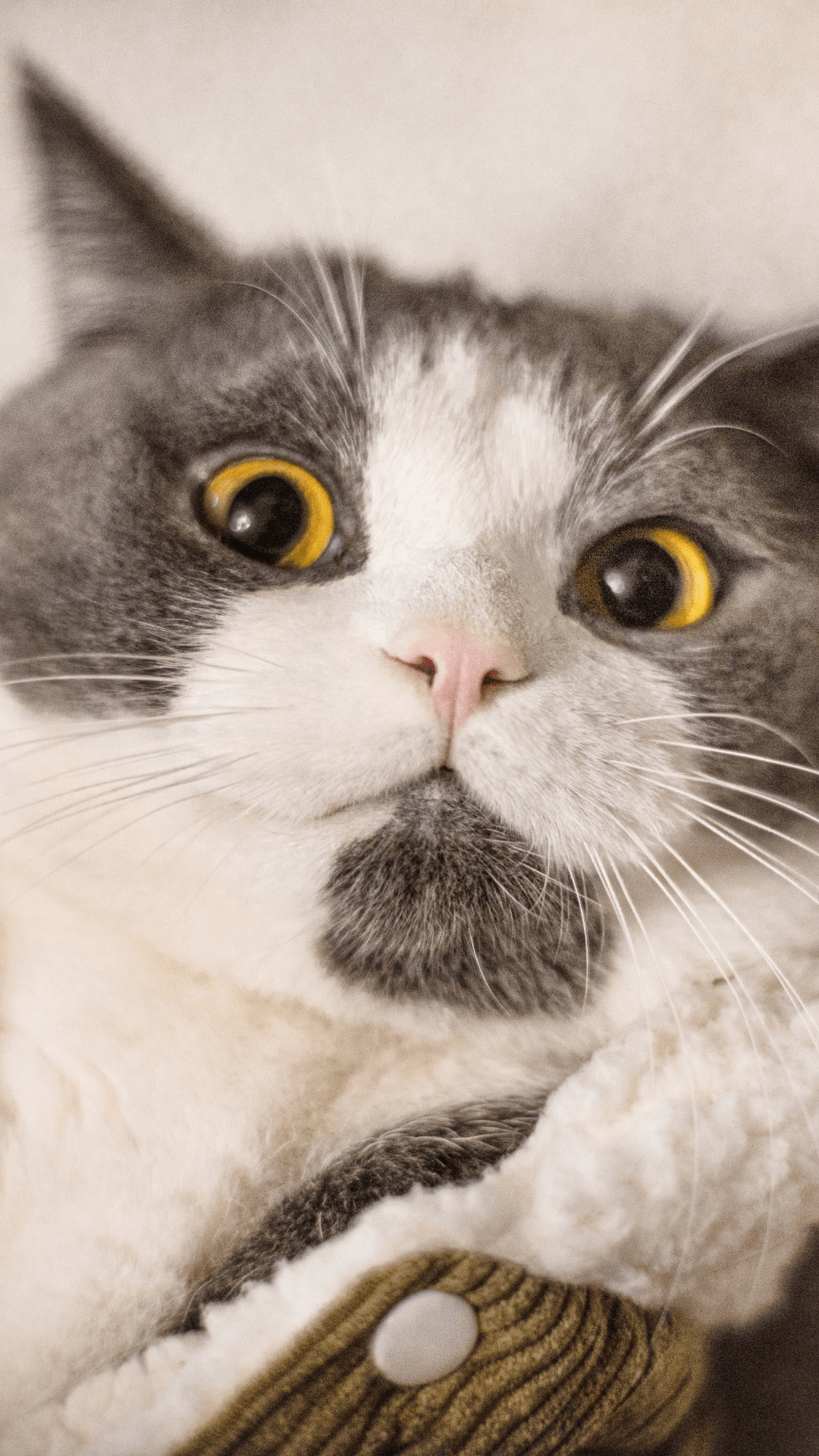
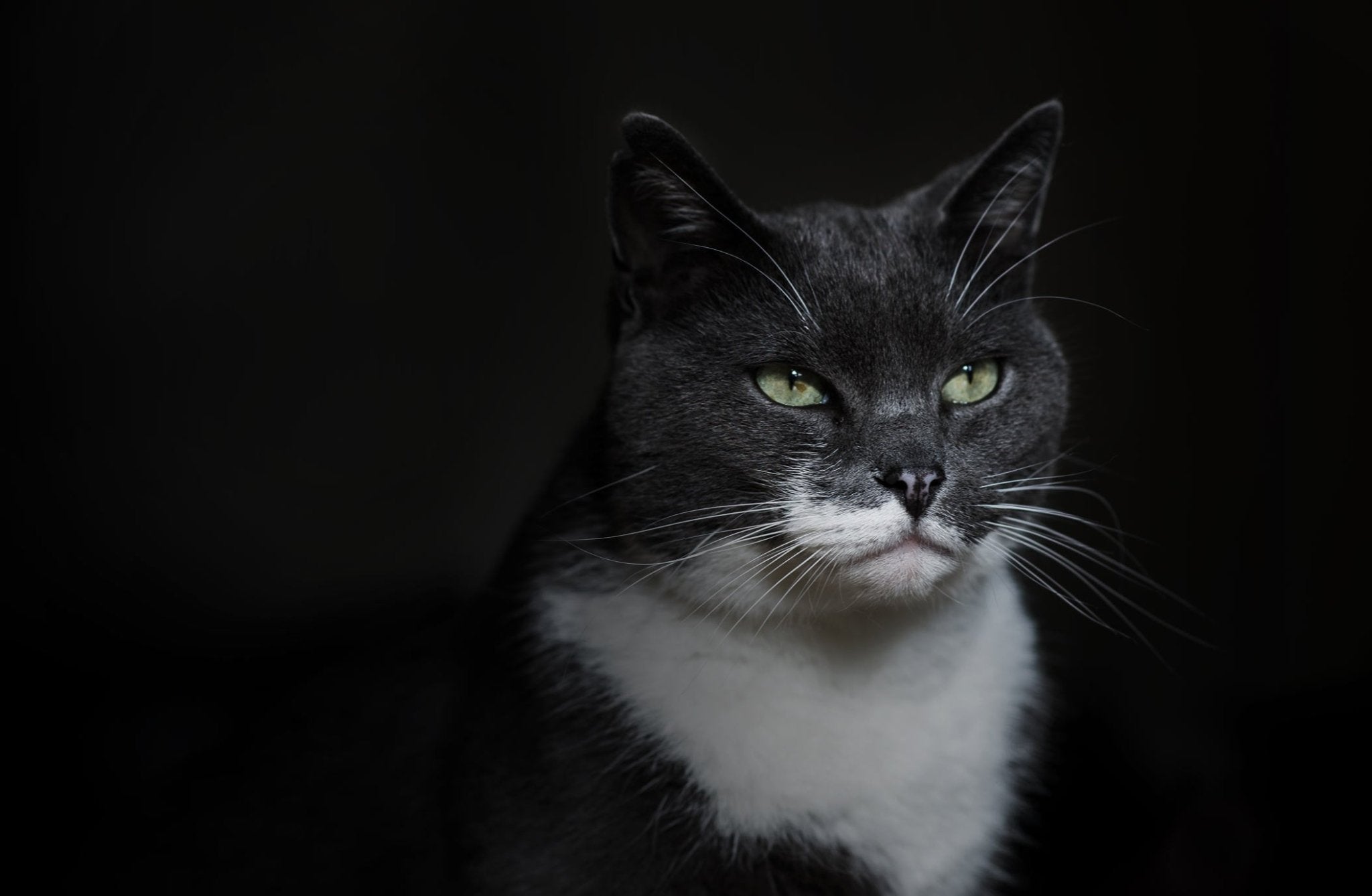
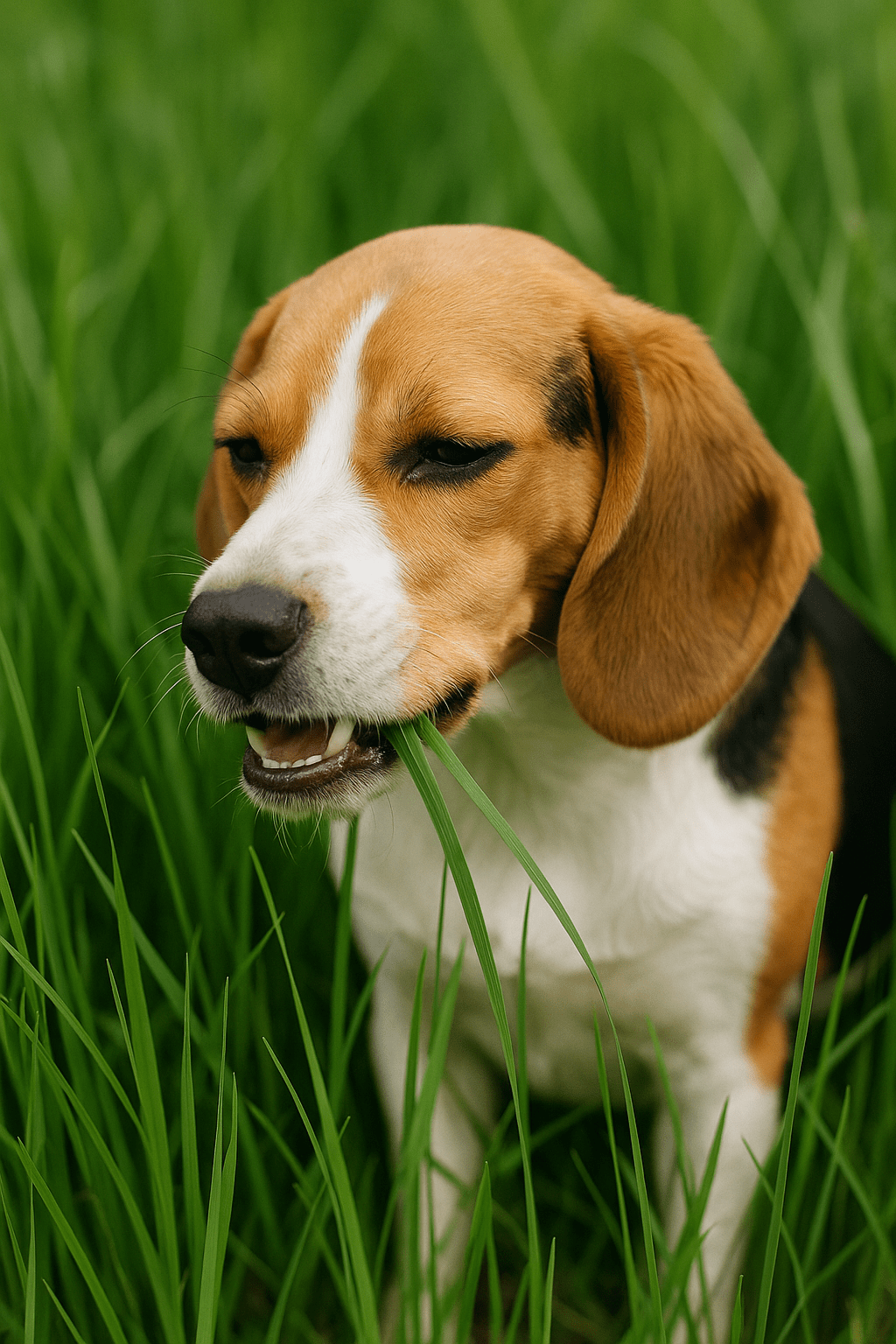
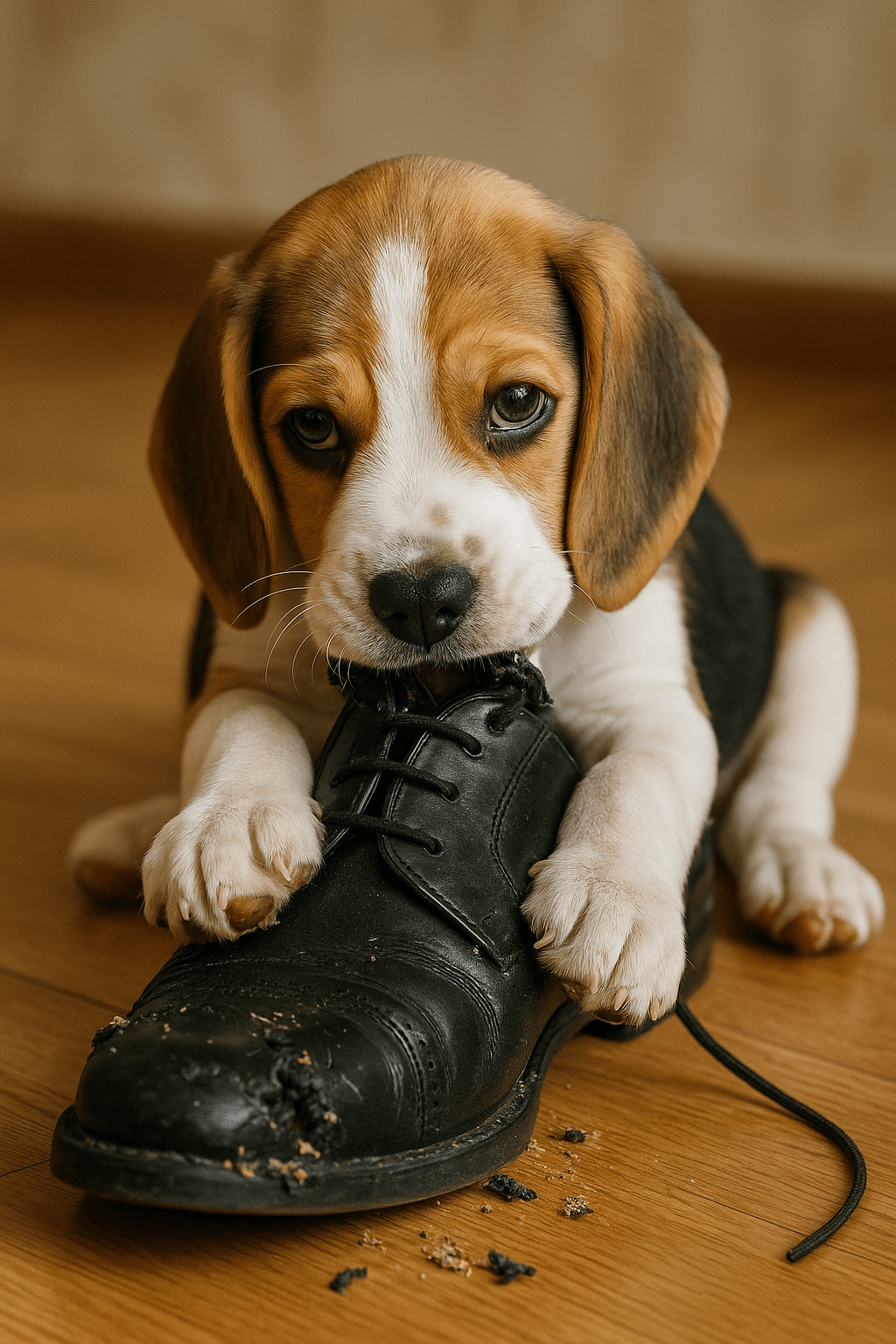

Share:
Can I give my dog Benadryl and Apoquel?
Dog Grooming For Pet Parents- Getting The Basics Right